You have no items in your shopping cart.
Post Requirement
As a journey towards sustainable construction, wooden products and timber are becoming increasingly significant structural materials. Research specialists say that mass timber construction could recast the building industry and become a part of a climate change solution.
Since the last decade, mass timber is initiating new design possibilities from long-spanning roof structures to tall timber towers as it has earned a great deal of attention lately.
What is Mass Timber Construction?
Mass Timber is referred to a family of engineered wood products of large section size or thick panel products that includes block-laminated linear sheets.
Mass timber construction is best suited for low-medium rise buildings such as public places like libraries and multi-residential buildings. So far, eight-storey building is the tallest commercial structure built using mass timber.
Mass timber is an eco-friendly substitute for carbon-intensive materials and building systems and can complement light-frame and hybrid options.
Types of Mass Timber Products
Mass timber products are thick, compressed layers of wood that makes taller wood construction possible. There are several types of mass timber products available in the market, and they are:
Cross-laminated Timber (CLT)
It is also sometimes referred to as X-lam, that has received more attention in recent years. It is a prefabricated multi-layer engineered wood panel product with a minimum of three layers of parallel boards, by gluing their surfaces together with an adhesive under pressure.
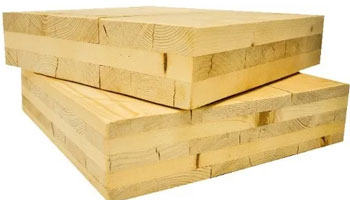
Alternate layers of boards are placed cross-wired to each other, which give the product high-level of in-plane stability. The immense thickness provides exceptional strength and stiffness to the CLT panels.
Nail-laminated Timber (NLT)
It is a very commonly used product in floors and roofs and also to construct elevator shafts. These products are made by heaping layers of dimensional labor on end and binding them together.
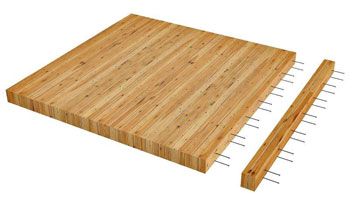
The screws or nails are used to connect the timber planks into a solid wood panel.
Dowel-laminated Timber
It is similar to NLT and is fabricated from softwood timber lamellae stocked in one plane and connected with hardwood timber dowels. The manufacturing process uses a lower grade timber that has the potential to form load-bearing solid timber wall, floor and roof panels.
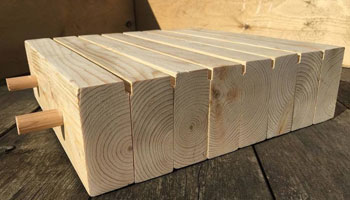
Glue-laminated Timber (glulam)
It is comprised of layers of dimensioned timber bonded together with moisture-resistant adhesives. A single large structural member is manufactured by laminating several smaller timber elements. It is commonly used for floors, beams, columns and arches.
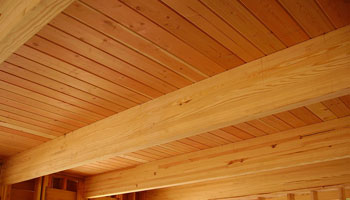
Laminated Veneer Lumber (LVL)
It is manufactured from thin, peeled veneers of wood of 3 mm thickness and glued with structural adhesives. They get cut into particular dimensional boards, which comprises of high strength and stiffness.
Mass timber products can be used in many building types, either as the main superstructure material or in combination with other building systems like concrete and steel to form hybrid construction methods.
Mass timber construction offers several benefits when it comes to sustainability and environmental factors. By comparison with concrete and steel, timber is a naturally grown and engineered material (timber wood from sustainably managed plantations), which contributes to the removal of greenhouse gases from the atmosphere.
Most importantly, timber is a renewable resource and has benefits for microenvironments, such as the immediate environment surrounding the designated construction site.
Check Out: Light Guage Steel Frame Structures in Construction
Vani Paspula
Jerrod
posted on Dec 7, 2020 10:20:39 AMLeola
posted on Dec 7, 2020 10:20:23 AMMohamed
posted on Dec 7, 2020 10:20:06 AMVeda
posted on Dec 7, 2020 10:19:49 AM


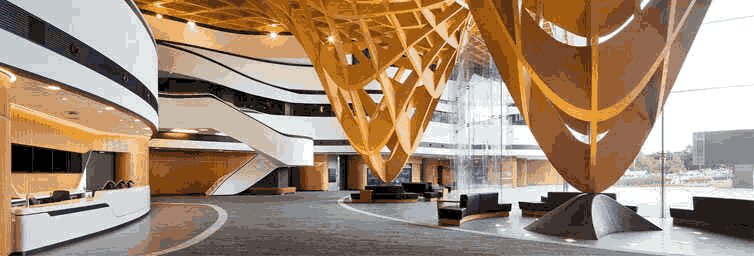










Antonia
posted on Dec 7, 2020 10:20:54 AM